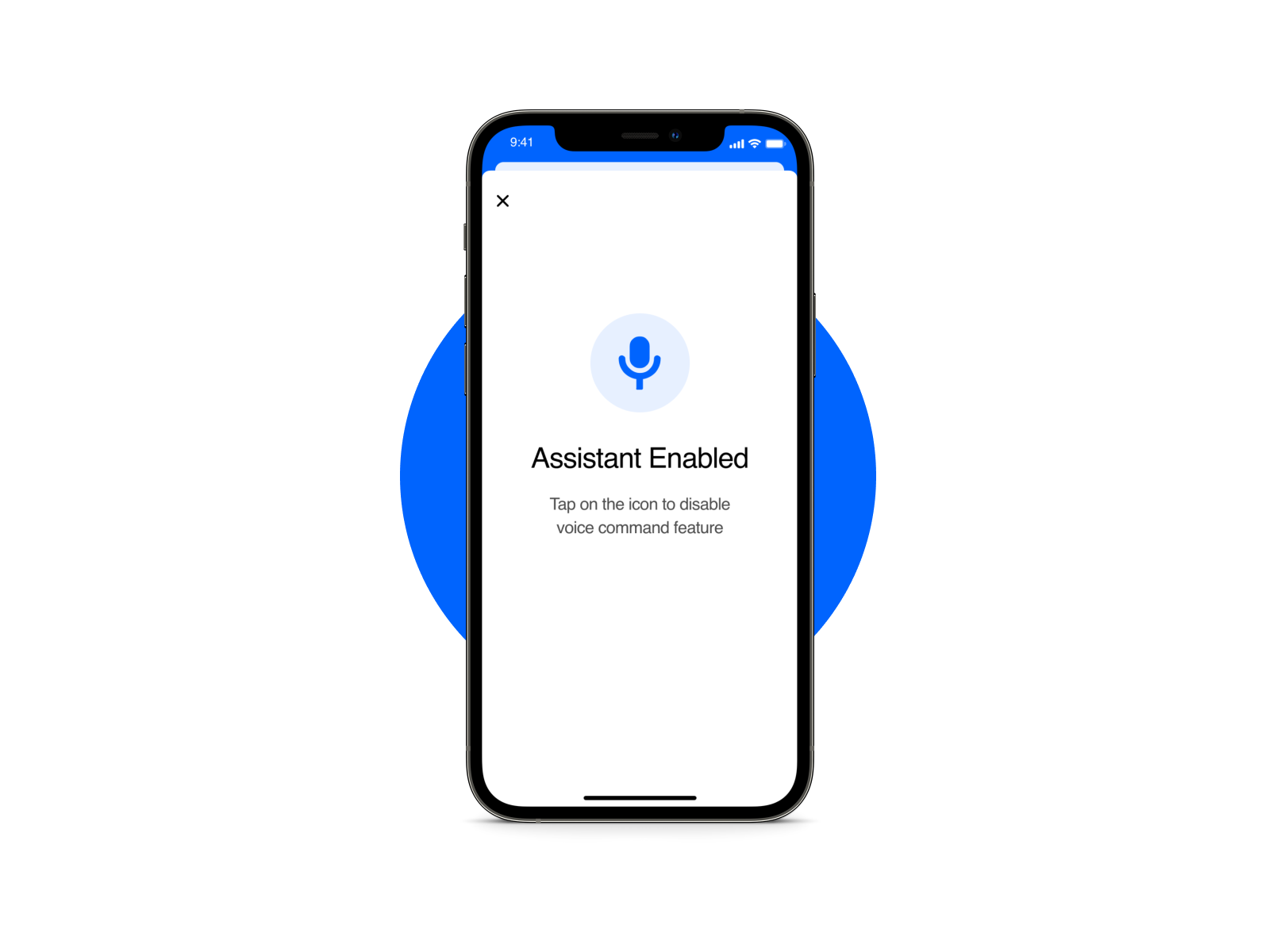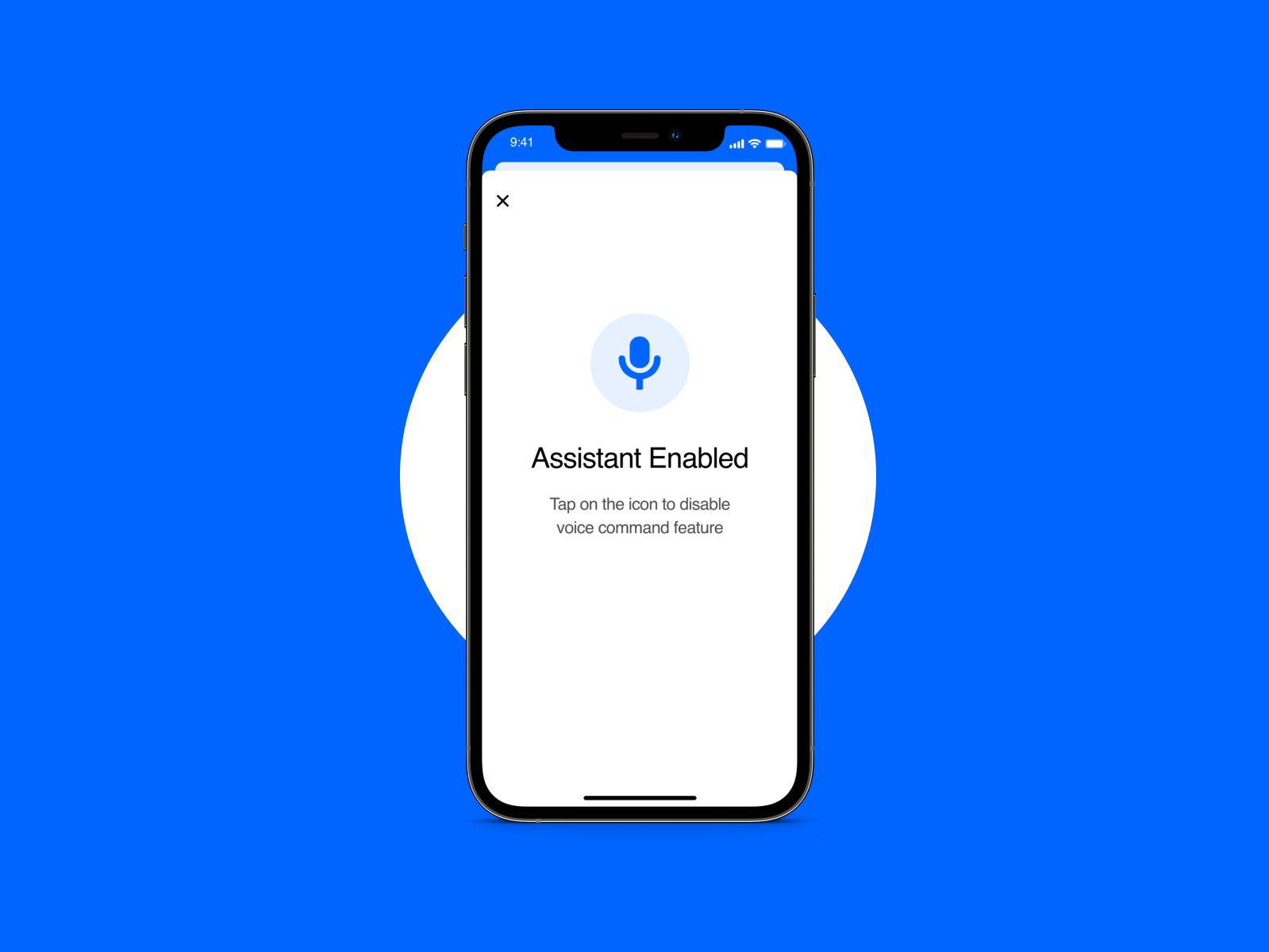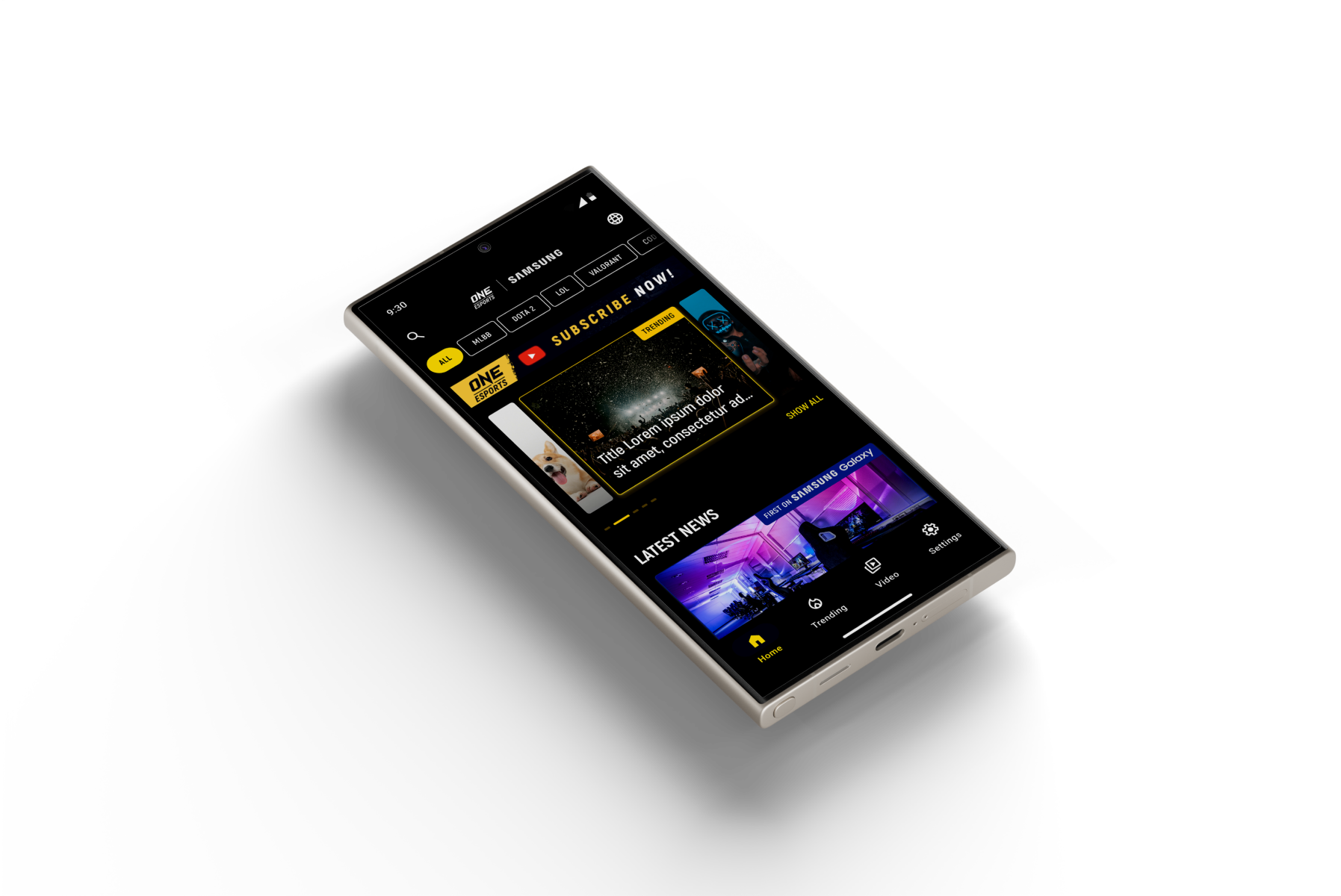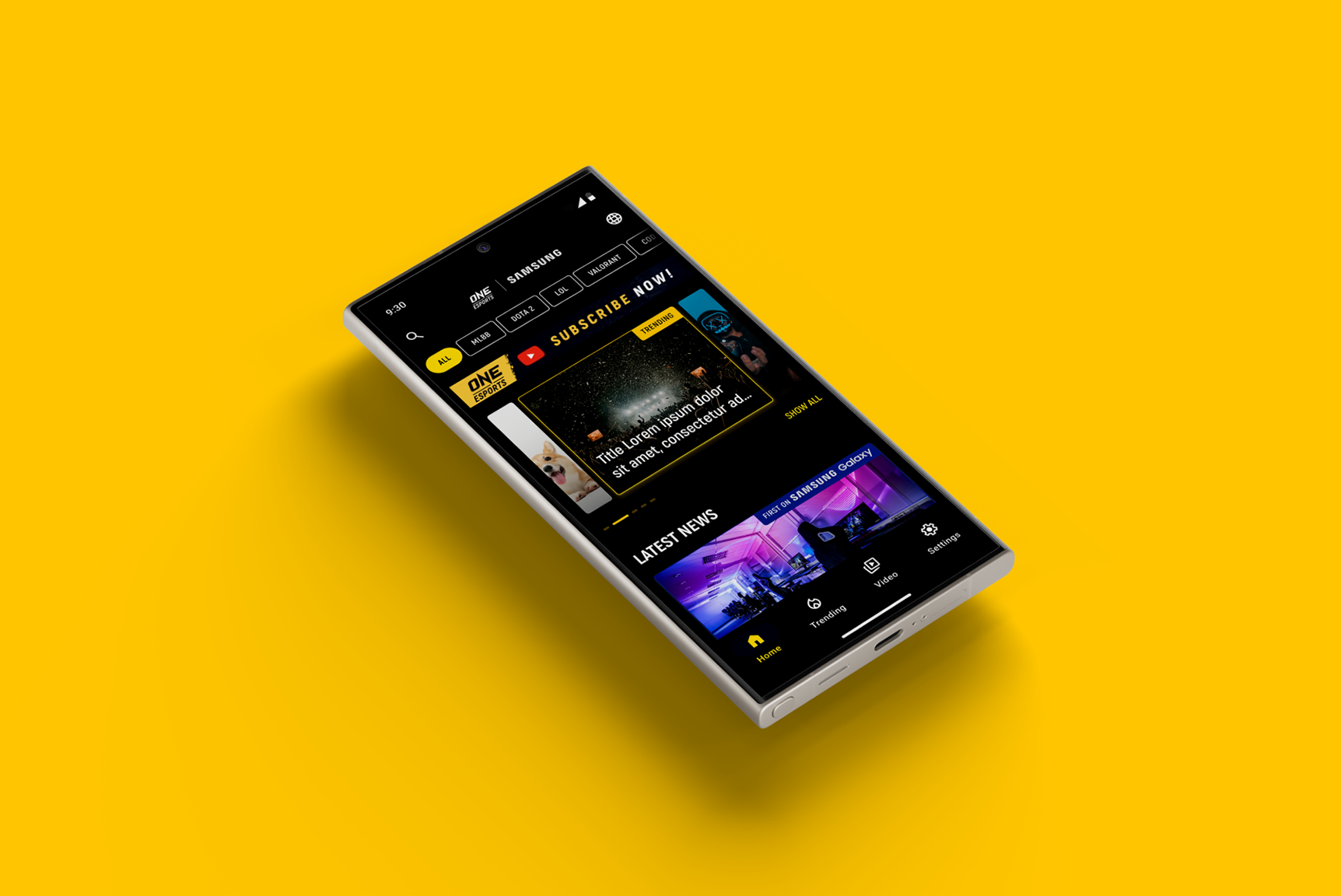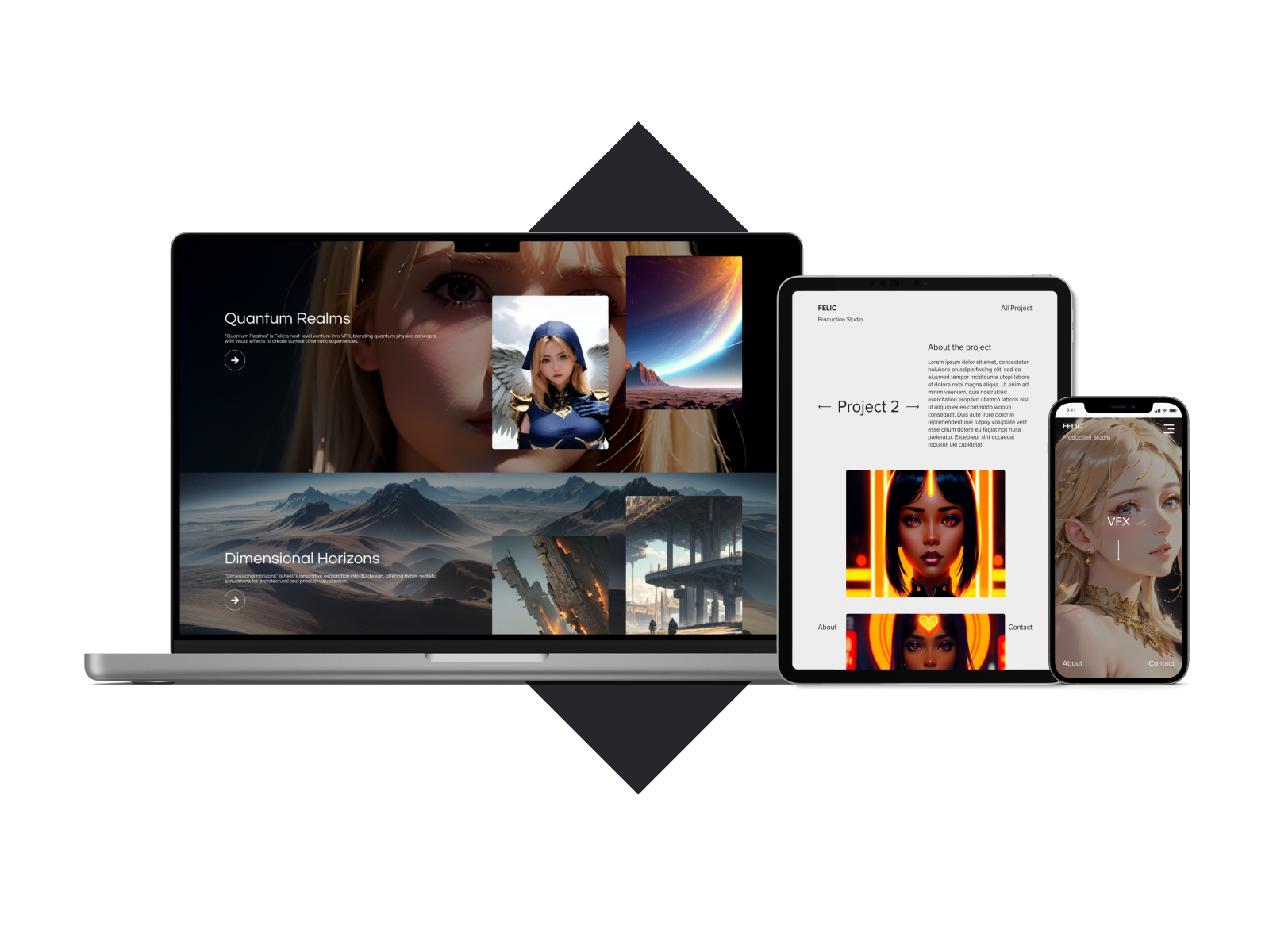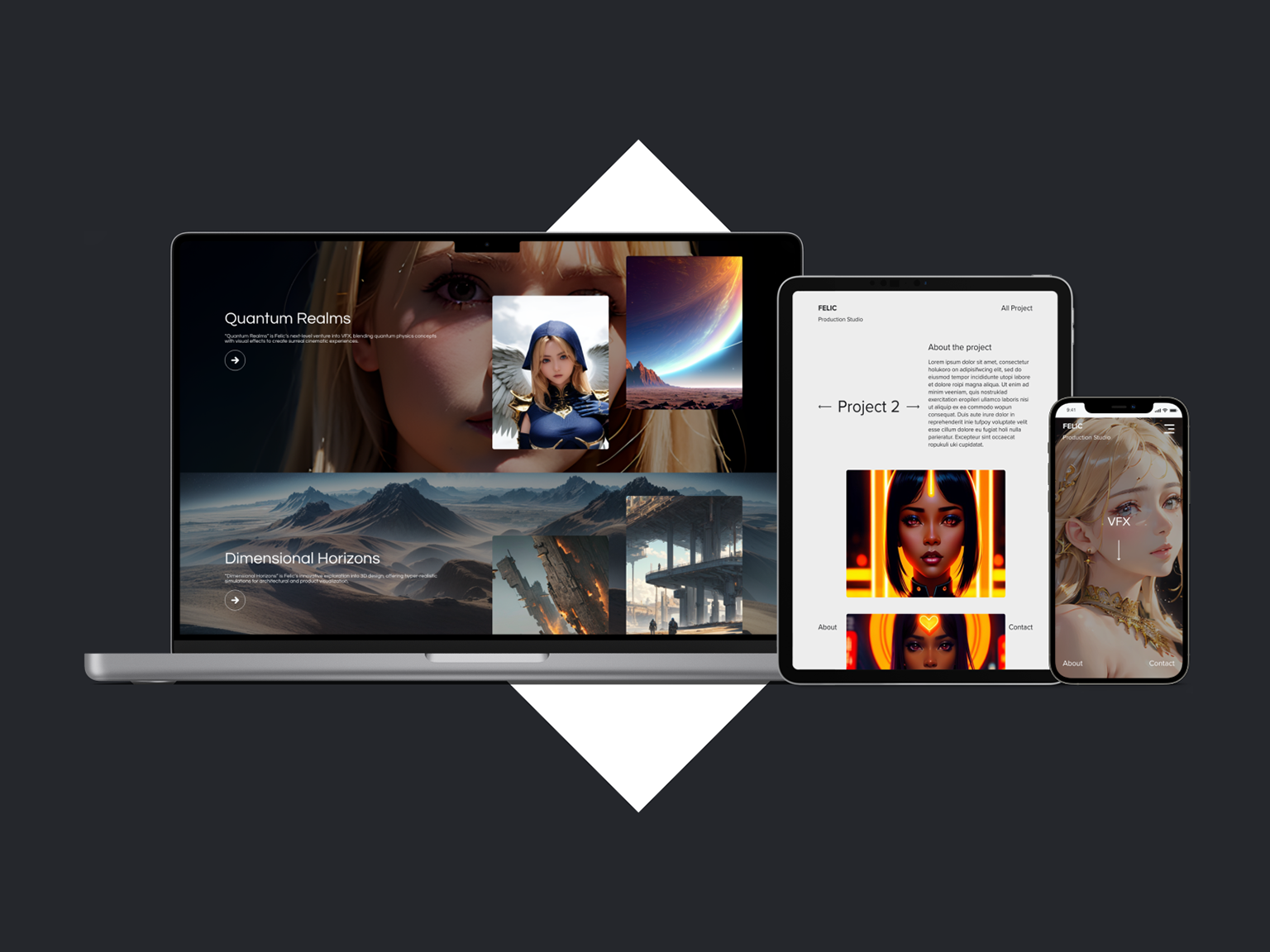Overview
CBT Journal is part of the CBT process, helping people with problems ranging from depression, anxiety, alcohol, drug use, and other mental illness. Read more at https://www.apa.org/ptsd-guideline/patients-and-families/cognitive-behavioral
Going through therapy, in general, requires commitment and consistency. Writing down thoughts that the person has during the day can become a de-motivating painful homework.
Goals
The goal is to provide a CBT journal app with an integrated chatbot and city-building game elements using the human-focused framework (gamification) and UX design to motivate the user to write down their thought and participate in the CBT exercises.
Project duration
24 weeks including research and design
Team member + Roles
Terry (me) - UX design | game design | gamification analysis
Annika - research | game design | project management
Hanna-Liis - research | game design
Prinsley - research
Abedayo - research
Tools
Adobe XD | Miro
Research
Due to the sensitive nature of the project, partial data is provided by the stakeholders. The team also does due diligence as well as collect more data by conducting thorough secondary research which requires going through relevant and related scientific papers.
Insights
- Lack of Motivation: Users struggle with finding the drive to engage in therapy exercises regularly.
- Complexity: The perceived complexity of tasks adds to the reluctance to engage with the therapy process.
- Time-Consuming Tasks: Users often find therapy exercises to be too time-intensive, leading to avoidance.
- Complexity: The perceived complexity of tasks adds to the reluctance to engage with the therapy process.
- Time-Consuming Tasks: Users often find therapy exercises to be too time-intensive, leading to avoidance.
Competitive audit
Market Preferences: The competitive analysis indicated a strong user preference for simple chat functionalities. Users are drawn to apps that offer straightforward, easy-to-use chat interfaces.
Persona + User journey map

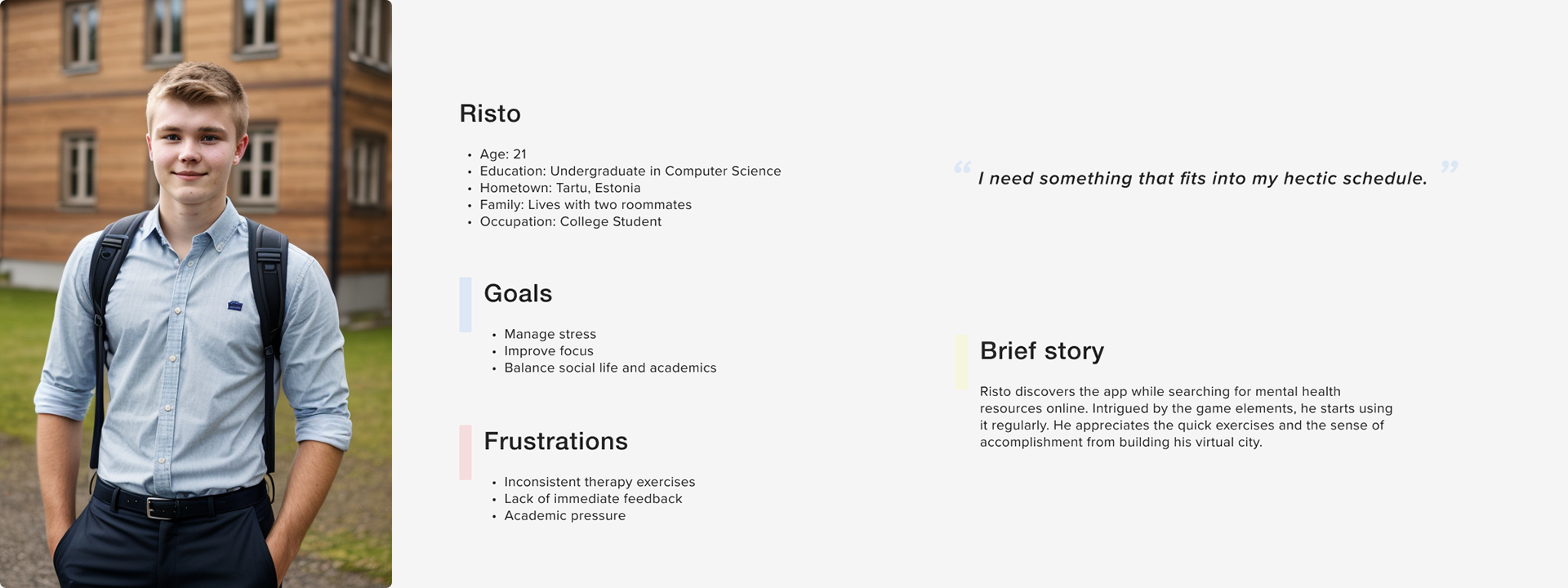
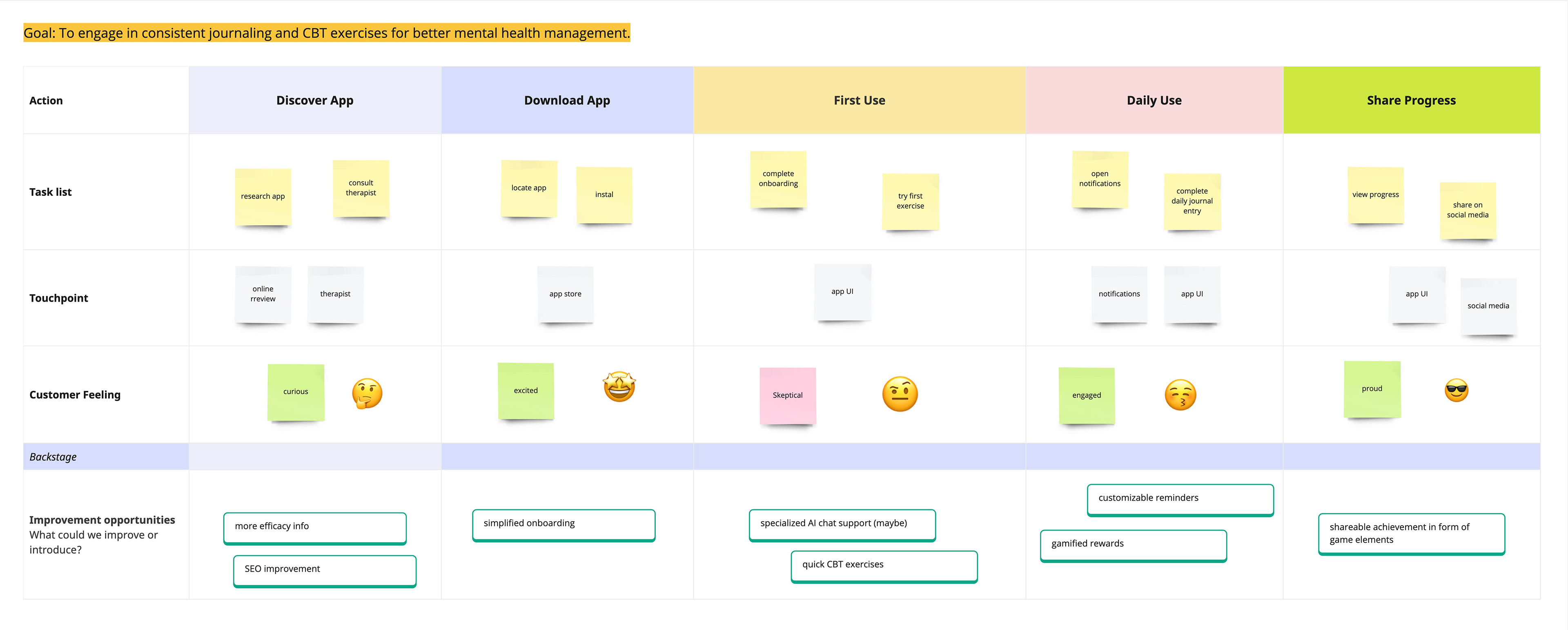
User journey map
User flow
This user flow is designed to maintain engagement through immediate rewards and visually track progress, creating a reinforcing loop that encourages daily use and deeper interaction with the CBT exercises.
Brainstorming
Our initial concept included the integration of advanced NLP AI for an interactive chat experience. However, practical constraints such as budget limitations and development timeframes necessitated a pivot.
AI Considerations:
- Predictability: AI, especially when leveraging NLP, can be unpredictable. Training an AI model to understand and appropriately respond within the specific context of CBT poses significant challenges.
- Specialized Training: Effective AI for CBT requires extensive training with specialized data sets, which involves both time and financial investment that exceeds our current scope.
- Ethical Concerns: The use of AI in mental health applications raises ethical questions. Privacy concerns, the need for empathetic responses, and the potential for misinterpretation are critical considerations.
- Predictability: AI, especially when leveraging NLP, can be unpredictable. Training an AI model to understand and appropriately respond within the specific context of CBT poses significant challenges.
- Specialized Training: Effective AI for CBT requires extensive training with specialized data sets, which involves both time and financial investment that exceeds our current scope.
- Ethical Concerns: The use of AI in mental health applications raises ethical questions. Privacy concerns, the need for empathetic responses, and the potential for misinterpretation are critical considerations.
Given these factors, our approach will focus on developing a simple yet effective chatbot. This will ensure that we adhere to project constraints while satisfying user needs and addressing ethical considerations. The aim is to provide an accessible tool that supports CBT practices without the complexities and uncertainties associated with AI at this stage.
Game conceptualization
Our game design phase focused on translating the therapeutic journey into a city-building game metaphor. Just as a city grows through careful planning and development, so too would users' mental wellness through consistent journaling and CBT exercises.
Game Design Principles:
- Simplicity in Rewards: The game design centers on simple yet impactful rewards. Completing journal entries and CBT exercises grants users resources or in-game currency.
- Constructive Gameplay: These rewards enable users to 'construct' buildings and infrastructures within their virtual city, representing their progress and achievements in the CBT process.
- Visual Metaphor: The evolving cityscape serves as a visual metaphor for personal growth and resilience. Each new building represents a milestone in the user's therapeutic journey, reinforcing the value of their efforts.
- Simplicity in Rewards: The game design centers on simple yet impactful rewards. Completing journal entries and CBT exercises grants users resources or in-game currency.
- Constructive Gameplay: These rewards enable users to 'construct' buildings and infrastructures within their virtual city, representing their progress and achievements in the CBT process.
- Visual Metaphor: The evolving cityscape serves as a visual metaphor for personal growth and resilience. Each new building represents a milestone in the user's therapeutic journey, reinforcing the value of their efforts.
The ideation and game design culminate in an engaging gamified experience that motivates users to engage with the CBT journal app consistently, promoting sustained mental health improvement.
Gamification Octalysis
In the context of the gamified CBT journal app, the Octalysis framework has been instrumental in identifying key motivators that could encourage users to engage more deeply with the app.
Prototype
Due to the COVID situation at the time of this project, we chose to collaborate on digital platforms such as Miro and Pinterest to create a mood board and a digital wireframe to ensure everyone understands the app visually.

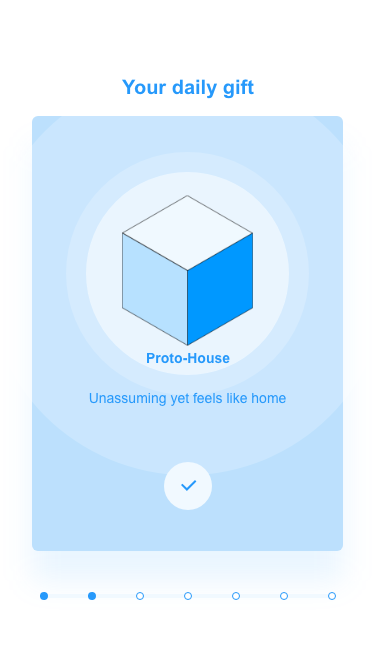
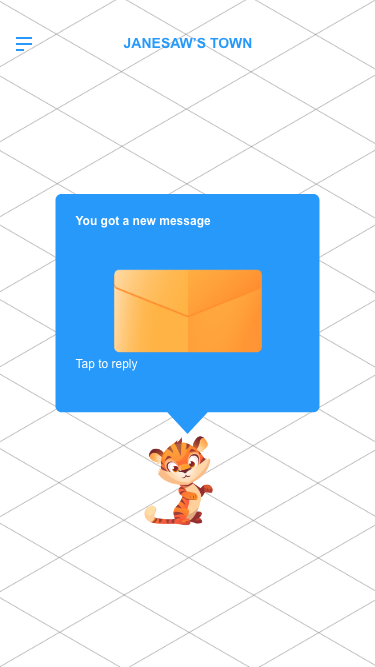
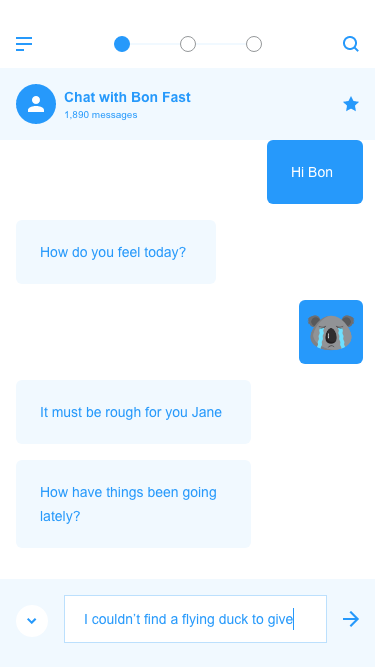
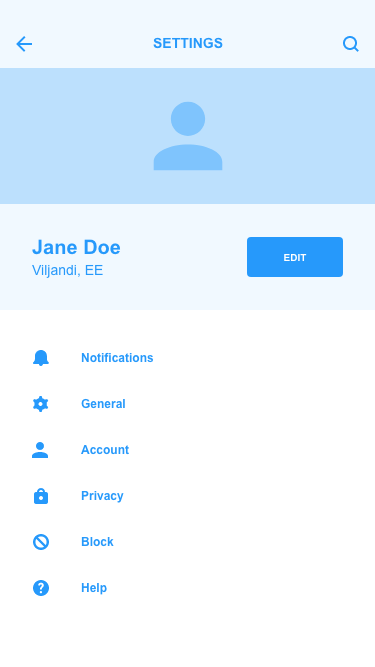

Evaluation
Revised Game Mechanics for User Engagement
- Simplification Strategy: Simplified the game element by awarding building blocks as rewards for completing exercises or reaching milestones. These blocks act as tangible signs of progress and achievement.
- World Building: Users can place their earned blocks in the virtual world to construct buildings. Merging blocks leads to the creation of larger structures, simplifying the city-building aspect while maintaining a sense of growth.
- Community Dynamics: The more buildings in the city, the more citizens it attracts. These citizens are human-like animals, adding a lively and engaging dynamic to the user's personal world.
- Chatbot Interaction: The animal citizens also serve as chat partners. This integrates the chatbot feature in a more interactive and less intrusive way, making the conversation part of the game world.
- User-Centric Refinement: This revised approach addresses the initial feedback about the complexity of the game mechanics, ensuring that the app remains engaging without being overwhelming.
- Simplification Strategy: Simplified the game element by awarding building blocks as rewards for completing exercises or reaching milestones. These blocks act as tangible signs of progress and achievement.
- World Building: Users can place their earned blocks in the virtual world to construct buildings. Merging blocks leads to the creation of larger structures, simplifying the city-building aspect while maintaining a sense of growth.
- Community Dynamics: The more buildings in the city, the more citizens it attracts. These citizens are human-like animals, adding a lively and engaging dynamic to the user's personal world.
- Chatbot Interaction: The animal citizens also serve as chat partners. This integrates the chatbot feature in a more interactive and less intrusive way, making the conversation part of the game world.
- User-Centric Refinement: This revised approach addresses the initial feedback about the complexity of the game mechanics, ensuring that the app remains engaging without being overwhelming.
Project Status Update
Due to the emergence of the COVID-19 pandemic and subsequent budgetary constraints, the decision was made to place the CBT journal app project on temporary hiatus. This period of pause allows for a reassessment of project goals and resource allocation in response to the changing global and economic landscape.
What I’ve learned
- User-Centric Design: Feedback on the game mechanics highlighted the importance of simplicity and user comfort in app design, ensuring the technology serves the user and not the other way around.
- Ethical AI: The complexities surrounding the implementation of AI in sensitive areas like mental health care, including ethical considerations, were key learnings.
- Ethical AI: The complexities surrounding the implementation of AI in sensitive areas like mental health care, including ethical considerations, were key learnings.
What's Next
- Strategic Resumption: When conditions permit, we'll revisit the project with fresh perspectives that align with the evolved market and user expectations post-Covid.
- Lean Implementation: Exploring more cost-effective, lean methods of integrating gamification and chat functionalities to adhere to budgetary limitations.
- Continued Learning: Keeping abreast of technological advancements and ethical standards in AI to refine the chatbot feature for future implementation.
- Lean Implementation: Exploring more cost-effective, lean methods of integrating gamification and chat functionalities to adhere to budgetary limitations.
- Continued Learning: Keeping abreast of technological advancements and ethical standards in AI to refine the chatbot feature for future implementation.
